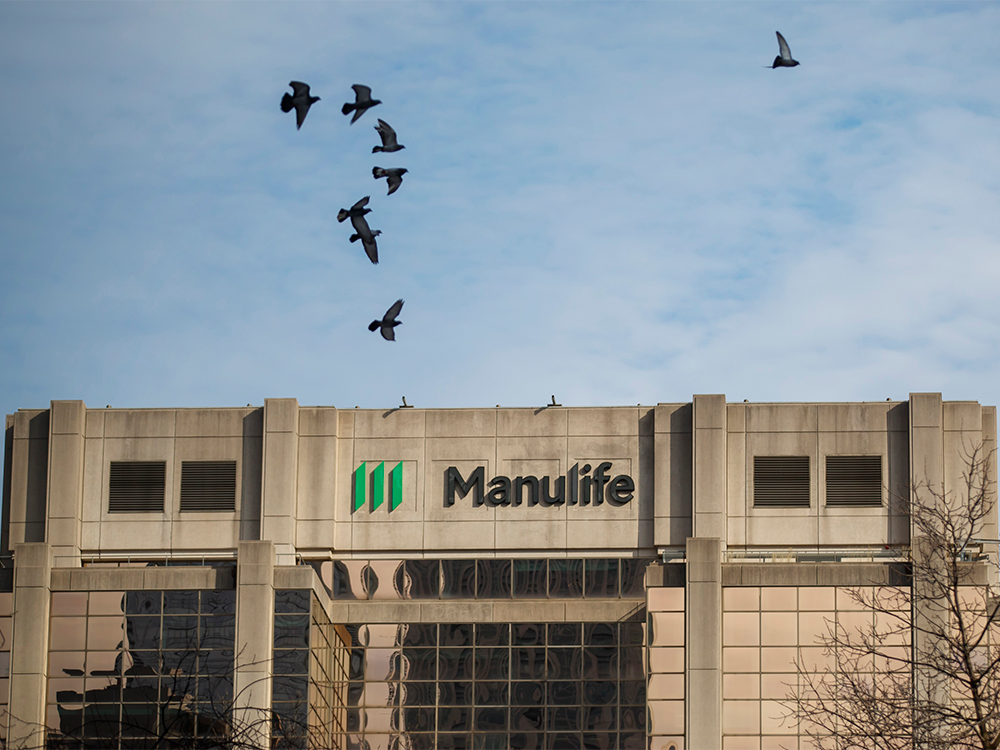More Canadians worried about defaulting on their mortgage or major loan payment, says poll

Sign of further financial stress from higher interest rates

Article content
The number of Canadians worried about defaulting on a mortgage or major loan payment rose in February, according to a long-running survey that tracks people’s financial outlooks.
Eighteen per cent of those surveyed for February by Maru Public Opinion said it was likely they would default on a mortgage payment or loan payment over the next two months, up two percentage points from January. Six per cent judged it was very likely they would default, matching results for January.
Advertisement 2
Story continues below
Article content
Article content
In a sign of further financial stress, 11 per cent of respondents said they were likely to declare bankruptcy in the next two months, up one percentage point, while another three per cent indicated it was very likely they would declare bankruptcy, the same number as January.
The poll reflects recent data from the Office of the Superintendent of Bankruptcy that showed consumer bankruptcies in January rose 17.9 per cent from December and 18 per cent from the year before. Consumer proposals, which are a renegotiation of terms, rose 19.7 per cent month over month and 25 per cent from January a year ago.
Rising defaults and bankruptcies appear to be the next stage in Canadians’ struggle to cope with higher interest rates and the cost of living following the pandemic.
“A lot of people are feeling massive pressure,” John Wright, executive vice-president of Maru Public Opinion, said.
The default result stood at 10 per cent when Maru launched its poll in July 2020, and fell to eight per cent in May 2022.
The February survey found that younger people aged 18 to 34 now make up 40 per cent of the group in danger of defaulting, while those earning less than $50,000 accounted for 26 per cent, up six percentage points from January.
Article content
Advertisement 3
Story continues below
Article content
“There is a significant amount of pressure that has escalated for the 18-34-year-old group,” Wright said.
Ontario had the highest share of people at risk of default among the provinces, rising four percentage points to 22 per cent.
Overall, people continue to feel downbeat about their finances.
Fifty-five per cent of those polled worried about their day-to-day finances in February, the same number as the month before when the measure hit an all-time high. In 2020, 46 per cent of respondents said they were likely to worry daily about money.
There is some optimism, however. The percentage of Canadians who think the economy is on the right track rose to 36 per cent from 33 per cent at the start of the year.
That’s still well below the 57 per cent who were optimistic about the economy’s direction in July 2021, but over the past few months the measure has been creeping back up.
“It has a long way to get back to its last highest measure,” Wright said. “This has been a relatively slow, and steadily paced and uninterrupted, upward curve in positivity regarding the direction of the Canadian economy over the last four months.”
Advertisement 4
Story continues below
Article content
Recommended from Editorial
It was enough to boost the Maru Household Outlook Index to 87, up one point from January, though it remains firmly in negative territory.
Anything below 100 on the index — which measures Canadians’ outlook on the economy and their personal finances — indicates negative sentiment and anything above indicates optimism. It has been stuck in the red since December 2021 and hit its most pessimistic reading of 83 in March 2023.
“We’re swimming with negative and desperate times,” Wright said.
Maru conducted the survey March 1 to 4 among a random selection of 1,532 Canadian adults.
• Email: [email protected]
Article content








Comments